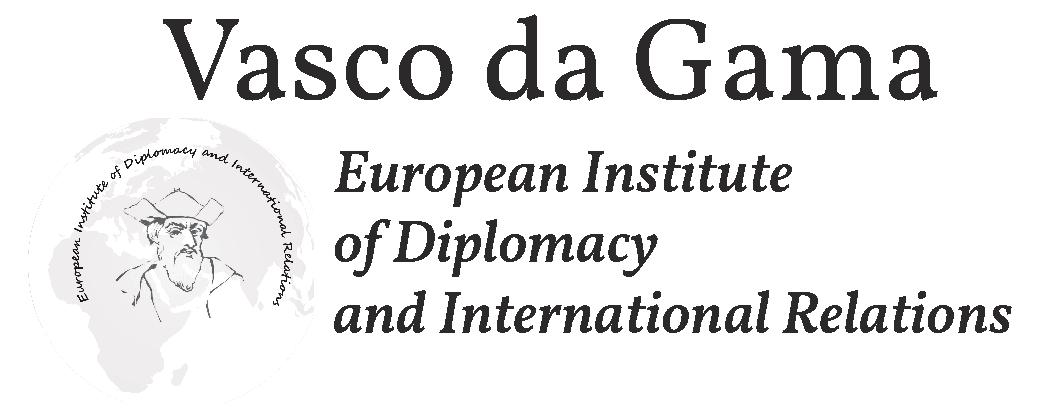Introduction to Public International Law
Content
The introduction also addresses the issue of recent developments in international law particularly marked by the extension of the material scope of the field. This analysis is followed by a reflection on the notion of legal order based on a comparison of proposed definitions respectively by Hans Kelsen and Michel Virally. In addition to the fact that it helps highlighting the difference between the international legal order and the domestic legal order (or national legal systems), it helps addressing the distinction between lawmaking frameworks and subjects of law.
The first two parts of this introduction to public international law will be devoted to these two themes respectively. The first part thus relates to international lawmaking frameworks and to the diversity of international obligations. In other words, it deals with the study of the formal sources of this law. It also covers the issue of material sources of international obligations. As for the second part, it explores the theme of the international legal personality and subjects of law. These first two parts form the core of the course. They are complemented by a third and final part that relates to international responsibility. Its primary purpose is to understand the two concepts of international responsibility of the State and international individual criminal responsibility and to disambiguate the two of them.

Mission
The international community is currently faced with multiple fundamental challenges like climate change, international terrorism, and civil wars. We will investigate the role of public international law in dealing with these matters.
Public international law is the branch of law that regulates the relationship between the actors operating at the international level, including States, international organizations, peoples, and individuals. It also has a major role to play in the management of the global commons, such as biodiversity, fish stocks, and a stable climate.
We will link the general theory and doctrines of public international law to present-day challenges of global interest, such as the Russian activities in Ukraine, the legal aftermath of Srebrenica, the ongoing conflict in Syria and Iraq, and the international negotiations on mitigating and adapting to climate change.
By critically reflecting on the role of international law in responding to all these formidable global challenges, the Public International Law course aims to introduce the participants to the most important tenets of international law.
These include the nature and function of international law and its role in global politics. We will analyze the relationship between international law and international relations. What influence does international law have in the tough world of politics and power?
We will introduce the participants to the sources of international law: treaties, customary international law, and general principles. How important is it that general political agreement and loose commitments on combating climate change are solidified and codified in international legal binding documents?
We will also identify the subjects of the international legal order: States, international organizations, peoples, individuals, and perhaps also corporations, armed groups, and others. If we want to hold multinational corporations accountable for their actions at the international level, then what rights and obligations do they have, and what consequences does this have for their capacity to act in the international legal order?
We also will look at questions of jurisdiction and immunities.
Bibliography
ALLAND D., Manuel de droit international public, Paris, PUF, 2017
CACHARD O., Droit International Privé, Bruxelles, Larcier, 2013
DAILLIER P., Droit International Public, Paris, LGDJ, 2009
DIAZ BARRADO C., El derecho internacional del tiempo presente, Madrid, URJC, 2011
DUPUY P.M. & KERBRAT Y., Droit international public, Paris, Dalloz, 2016
DUPUY P.M. & KERBRAT Y., Les grands textes de droit international public, Paris, Dalloz, 2016
GAVIRIA E., Derecho Internacional Publico, Bogota, Temis, 2005
GREIG D.W., International Law, London, Butterworths, 1976
JACQUE J.P., Droit institutionnel de l’UnionEuropéenne, Paris, Dalloz, 2006
JANIS M. & NOYES J., International Law: Cases and Commentary, Furundzija, Prosecutor, 2006
KADDOU C. et PICOD F., Union Européenne, CommunautéEuropéenne, Bruxelles, Bruylant, 2006
NIBOYET M.L., DIMITROV L., Droit International Privé, Paris, LGDJ, 2014
SAENZ DE SANTA MARIA, Sistema de derecho internacional publico, Madrid, Civitas, 2014
SALCEDO C., El derecho internacional en perspectiva historica, Madrid, Tecnos, 1991
4 ECTS
